Selling on Amazon and Ready to Sell on Walmart? 7 Things to Know First

If you are selling on Amazon, chances are you’ve considered another marketplace to expand your business beyond the Everything Store: the Walmart marketplace.
With the recent launch of its self-service advertising platform and rising consumer demand for Amazon alternatives, there are many reasons to get excited about ecommerce’s next big frontier.
However, translating success from Amazon to Walmart isn’t all that simple; there are several considerations you should take into account before you diving into Walmart ecommerce.
Here are seven considerations to help you determine if you are ready to expand your Amazon ecommerce business to the Walmart marketplace.
“Today, Walmart presents a viable and promising opportunity for brands to expand beyond Amazon. The functionality and performance of Walmart’s self-service advertising platform mirrors much of what we saw with Amazon Sponsored Products when it launched in 2014, where early investors had huge competitive advantages.”

— Elizabeth Marsten, Senior Director of Strategic Marketplace Services at Tinuiti
When it comes to product selection, there is a definite overlap between Amazon and Walmart, but they aren’t exactly the same.
Product selection and pricing can differ between the two sites, which is why you shouldn’t blindly carbon copy your catalog listings from Amazon to Walmart.
You should ask yourself the following questions when it comes to products, pricing, and branding:
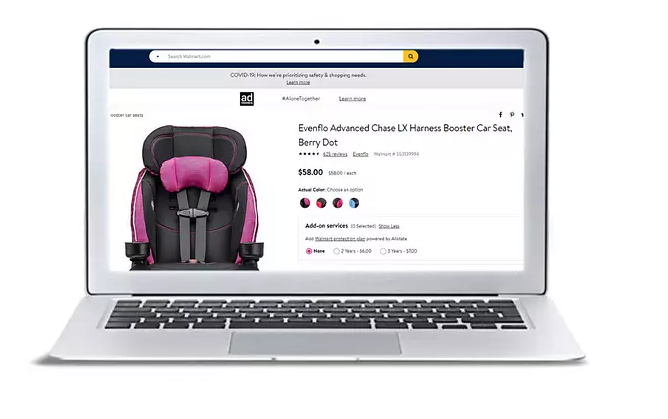
Your brand equity might not carry over completely when transitioning to Walmart, simply because shoppers there may not be as familiar with your brand’s value, so you need to plan your products and pricing accordingly.
This may require you to accept lower profit margins than what you’re accustomed to on Amazon.
On how to get accepted to Walmart’s Seller program, Marsten says,
“There’s no magic formula for being accepted into Walmart’s Seller program, but there are a few key requirements that brands and retailers should fit. These include reputation, sales projections, and alignment with Walmart’s values.”
“It is really dependent on how fast the seller can complete the integration process without errors or setbacks. In some cases, you can expedite the process by working with an official Walmart Solution Provider.”
If you want to learn more about your qualifications for Tinuiti’s Walmart Marketing Program, drop us a line or check out our Walmart Marketplace Guide here.
If you are selling on Amazon and want to expand to Walmart, you’ll have the greatest chance of success with products that already have sales velocity.
While it’s not a guarantee, products that are already moving and have positive feedback are more likely to succeed on Walmart when compared to products that have no volume or little feedback on Amazon.

Our recommendation for Amazon sellers expanding to Walmart is that you have at least a 95% feedback/seller rating on Amazon and at least 50 product reviews.
Additionally, you should know there are some products that are not allowed, despite Walmart’s claim that “You can sell just about anything on our site”. Like Amazon, Walmart has a hefty list of prohibited or restricted products.
These include:
You can view the full list of prohibited items on the Walmart site.
If you want to advertise and sell your catalog on Walmart, then you need to have your product information and creative dialed in to rank organically.
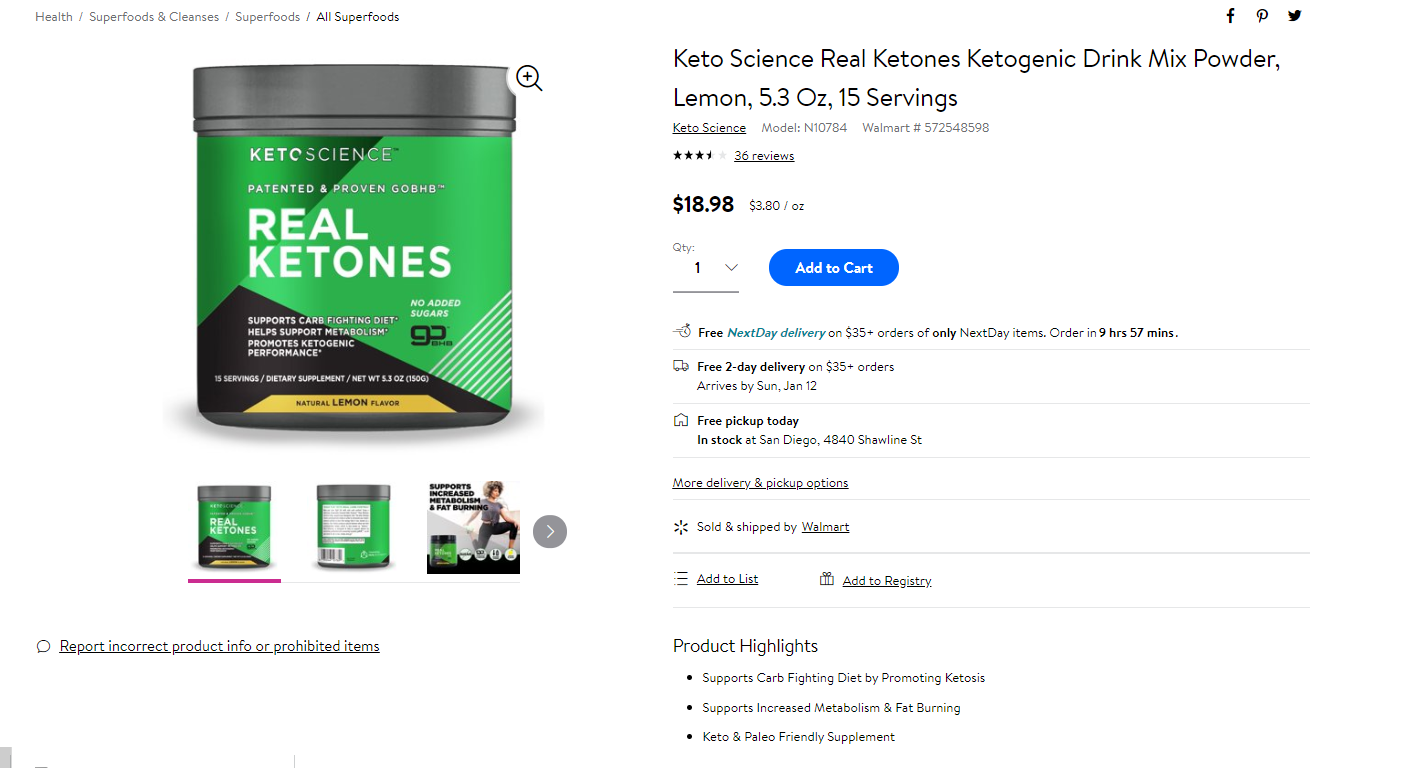
Make sure you have the following information ready to upload, as you’ll need it for your Walmart Seller Center portal.
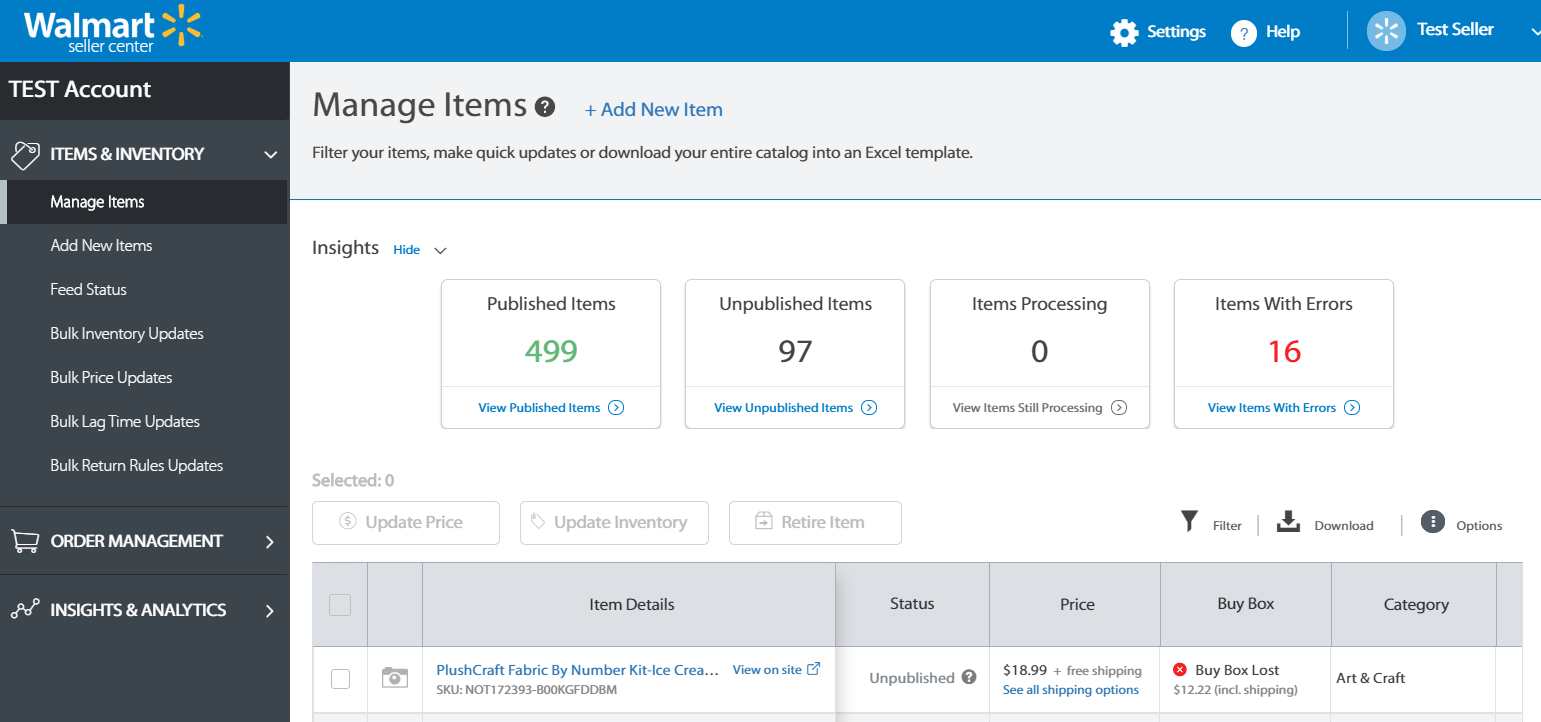
Once you have your information in order, you can upload your products in three different ways:

“Large catalogs with 1,000+ SKUs will struggle with manual multi marketplace management. If their catalog doesn’t turn over much and inventory isn’t an issue, they can get away with manual management,” says Marsten.
“Walmart cannot yet update product content the way Amazon can (beyond the basics). You need to have access to the rich media content API to do video, 360 images, comparison charts.”
Before you make the move to Walmart, you’ll need to make sure your operations are in order. Familiarize yourself with Walmart’s fulfillment options and make sure you have a plan to ship your products.
First-party sellers have the option of using Walmart Fulfillment Services (WFS), or shipping inventory directly to a Walmart fulfillment center and letting them take care of the rest, much like Amazon FBA.
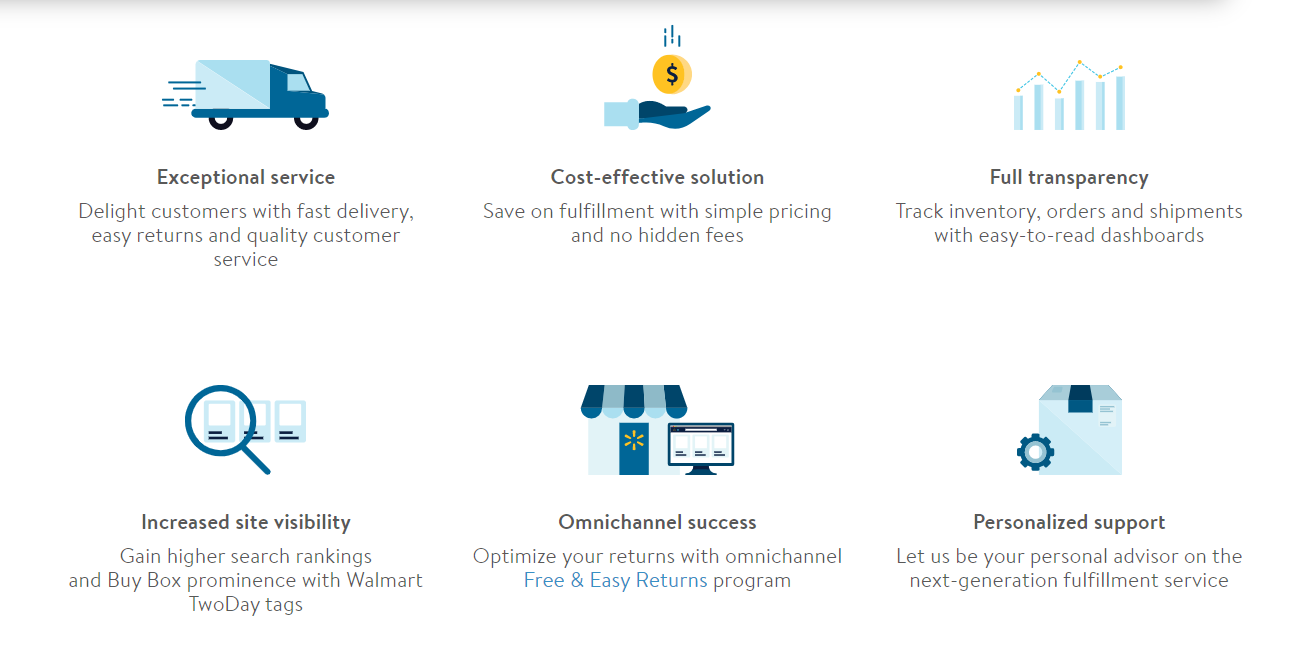
Third-party sellers on the Walmart.com marketplace are responsible for handling shipping, exchanges, returns, and customer service.
Since Walmart sellers are responsible for fulfillment, they can enter their shipping costs along with their product listings, with free shipping being an option.
If you don’t plan on using Walmart Fulfillment Services, then it’s recommended to go with a third-party logistics provider and order management platform such as Deliverr or SellerActive.
Whatever you decide, keep in mind that customers expect fast shipping that is on-par with Amazon, which means 2-day shipping or better. This is especially important as Walmart has just launched its Prime competitor subscription, Walmart +.

Advertising on Walmart is key to success, especially if you are launching for the first time.
Organic real estate will only get you so far, which is why Walmart has released new advertising and premium content products to help Walmart sellers market their products.
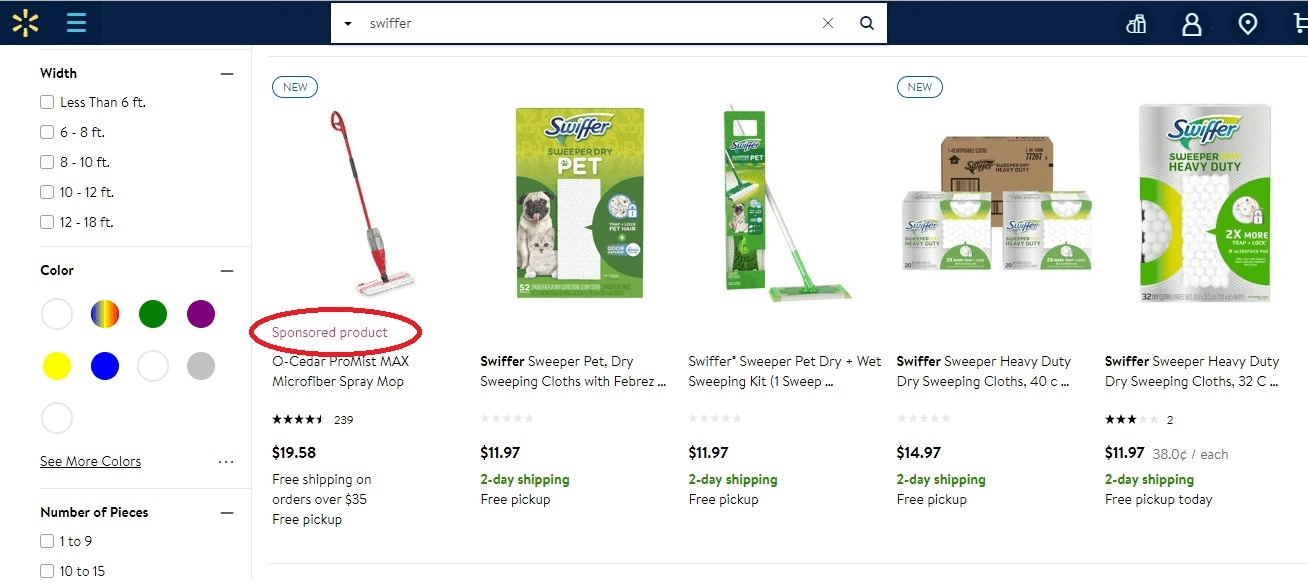
You should budget advertising costs for the following:
If you want to learn more about how you can drive ecommerce growth through Walmart’s expanding advertising platform, check out our comprehensive Walmart Advertising Guide.
For more information on recommended budgeting amounts and how many weeks after launch that you should begin your first Walmart ad campaigns, reach out to us here.
Before you can make a plan to sell on Walmart, you need to have realistic goals and KPIs.
If your goals and KPIs are exactly the same as your Amazon business, you may need to re-assess your expectations.
“Walmart.com is not yet at the scale of Amazon and Google, however, there are still benefits to exploring this market to gain both immediate value and future rewards,” explains Marsten.
“If you set realistic expectations as to what Walmart.com can deliver and be more open to experimentation, it’s possible to have solid returns on your ad spend on this platform. However, replicating the same volume and ROAS on Amazon at launch is unlikely to happen.”
Another important consideration is how Walmart as a channel fits into your overall integrated media strategy.
Do you have a plan in place to integrate audience insights from your Search, Social, Email, and other channels to power your Walmart business and advertising decisions?
Launching a business on an ecommerce marketplace like Walmart is no easy task, so don’t feel like you need to go it alone!
By now, you realize there are many different components (fulfillment, advertising, operations, media strategy) that play important parts in your successful launch.
The good news is that we’re here to help.
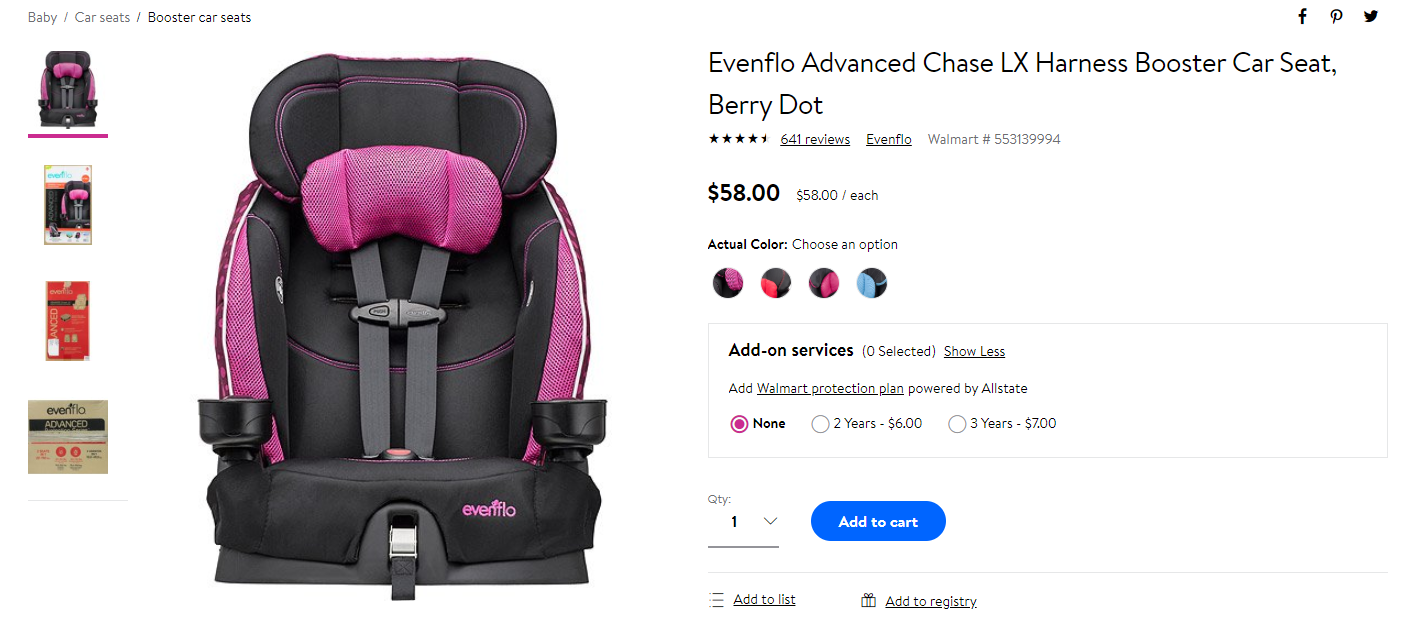
If you are interested in a complete onboarding or looking to launch your advertising, we’ve got you covered.
For current Walmart Marketplace Sellers and Vendors, the benefits of working with Tinuiti include our unique advertising strategy, proprietary technology and ad creative (optimized for Walmart’s platform).
“We are working directly with Walmart’s engineering teams, providing feedback on features, functionality. We are also able to point out possible abnormalities in data to have them escalated past WPA help. We’re also number one when it comes to marketplace advertising and expertise.”

— Elizabeth Marsten, Senior Director of Strategic Marketplace Services at Tinuiti
“Tinuiti has definitely helped to improve performance across our Walmart sponsored product strategy. By reacting to sale trends and bidding optimizations specific to Walmart they were able to maximize our return on ad spend. Having them as a trusted partner has allowed us to expertly adapt to the changing needs of the digital landscape and better support the total goals of the business.”

– Sara Fish, Manager, Demand Generation at Goodbaby International
